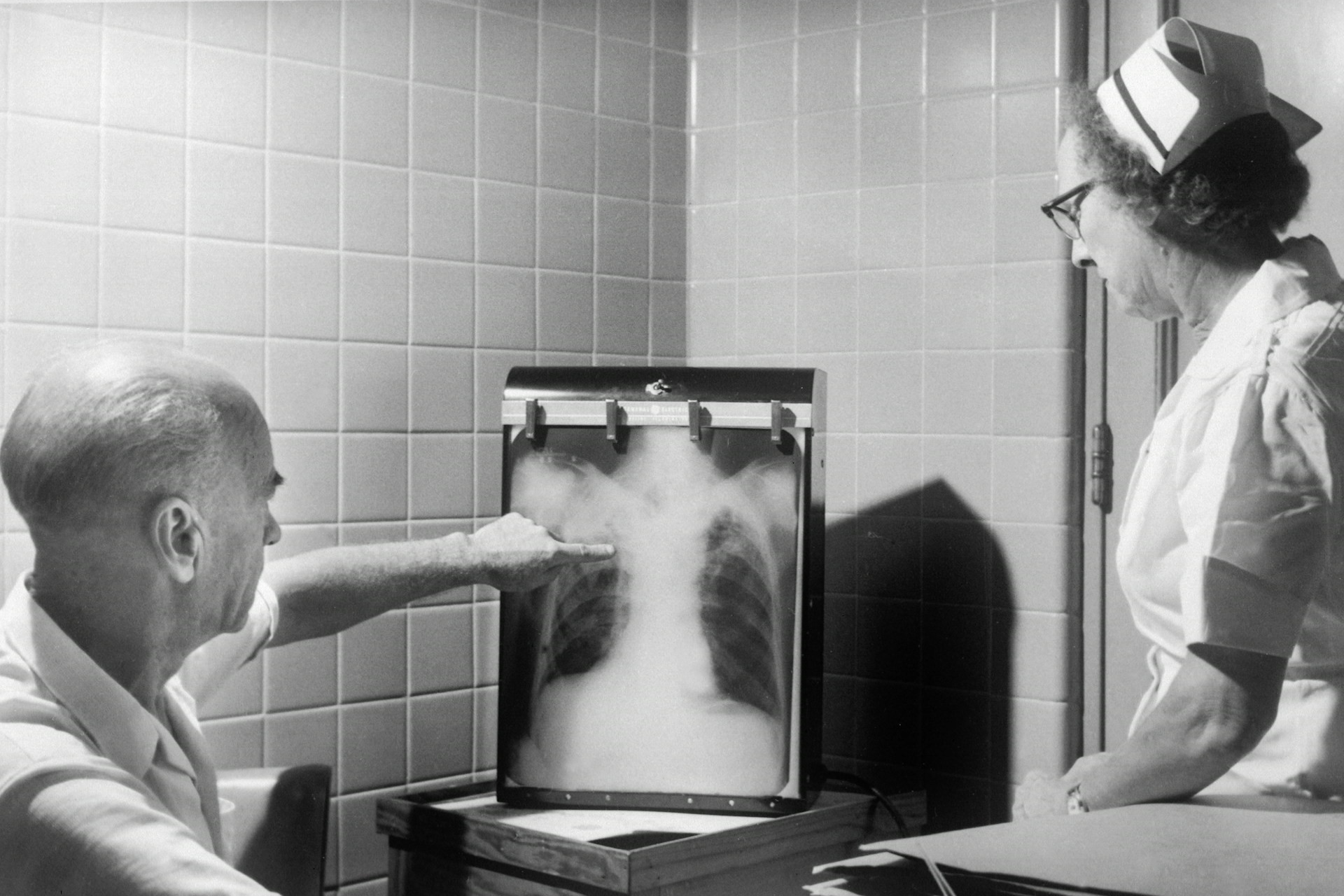How TB is Emerging As a Deadly Communicable Disease?:
Tuberculosis is the leading infectious cause of death worldwide. It accounts for most of the HIV and antimicrobial resistance-associated deaths. (1)
After COVID-19, tuberculosis emerged as a leading killer, especially in second and third-world countries. (2)
TB, Malaria, and HIV/AIDS have been categorized as the “Big-Three Infectious Diseases”. Other major communicable diseases include (3,4)
- Hepatitis A, B, C, and E
- Sexually transmitted diseases
- Measles
- Chickenpox
- Flu
- Pneumonia
- Shigellosis
- Rabies
TB is caused by Mycobacterium Tuberculosis(M. tb), and it is responsible for 1.25 million deaths in 2023, out of which 1,61,000 had HIV. COVID-19 accounts for more than 7 million deaths to date, but TB is repeating almost the exact figure of death every year. (5,6,7)
Most Affected Countries:
According to WHO, the following countries contribute to 56% of the total burden of tuberculosis: (8)
- India(26%)
- Indonesia(10%)
- China(6.8%)
- Philippines(6.8%)
- Pakistan(6.3%)
The WHO recorded 8.2 million newly diagnosed cases in 2023, the highest number since 1995. Of the affected individuals, 55% were men, 33% were women, and 12% were children.
Risk Factors:
Complications of TB:

DOT Therapy:
Re-activation of TB remains a significant concern in low to mid-income countries. It is due to poor knowledge and awareness about the treatment urgency.
DOT refers to “Directly Observed Treatment,” in which the treatment schedule is strictly followed and given under medical supervision. (15)
During this period, a patient is required to be admitted to a medical facility for better supervision.
The primary benefit of DOT Therapy is the prevention of TB recurrence and a better treatment outcome.
DOT Therapy becomes essentially crucial in immunocompromised patients as they are more prone to deadly complications. (16)
Take Home Message:
A study reveals ∼2.26% relapse of TB, and it is even more common in HIV patients, i.e. ∼4.5%. The main reason is undertreatment or improper treatment. (17)
A TB patient should consider the growing hazards of TB and its associated antimicrobial resistance and then acknowledge the importance of proper treatment. As TB is the leading deadly communicable disease, the community should raise awareness about its preventive and treatment measures to improve its overall physical well-being.
References:
- https://www.who.int/news-room/fact-sheets/detail/tuberculosis
- https://www.who.int/news-room/fact-sheets/detail/tuberculosis
- https://pubmed.ncbi.nlm.nih.gov/34530712/#:~:text=%22Big%20Three%22%20Infectious%20Diseases%3A,Tuberculosis%2C%20Malaria%20and%20HIV%2FAIDS
- https://acphd.org/communicable-disease/list-of-communicable-diseases/
- https://www.who.int/news-room/fact-sheets/detail/tuberculosis
- https://en.wikipedia.org/wiki/COVID-19_pandemic_deaths
- https://en.wikipedia.org/wiki/Mycobacterium_tuberculosis#:~:text=Mycobacterium%20tuberculosis%20(M.,the%20causative%20agent%20of%20tuberculosis.
- https://www.who.int/news/item/29-10-2024-tuberculosis-resurges-as-top-infectious-disease-killer
- https://www.who.int/news-room/fact-sheets/detail/tuberculosis
- https://pmc.ncbi.nlm.nih.gov/articles/PMC3583136/#sec4
- https://pmc.ncbi.nlm.nih.gov/articles/PMC3956985/
- https://pubmed.ncbi.nlm.nih.gov/25028786/
- https://www.ncbi.nlm.nih.gov/books/NBK441916/
- https://www.sciencedirect.com/science/article/pii/S1201971220300904
- https://pubmed.ncbi.nlm.nih.gov/14720002/
- https://www.elsevier.es/en-revista-enfermedades-infecciosas-microbiologia-clinica-english-428-articulo-tuberculosis-in-immunosuppressed-patients-S2529993X18301242
- https://pmc.ncbi.nlm.nih.gov/articles/PMC8225554/#S15

Medically Reviewed by
Dr. Talha Ibrahim
MBBS(NUMS, Pakistan), RMP
